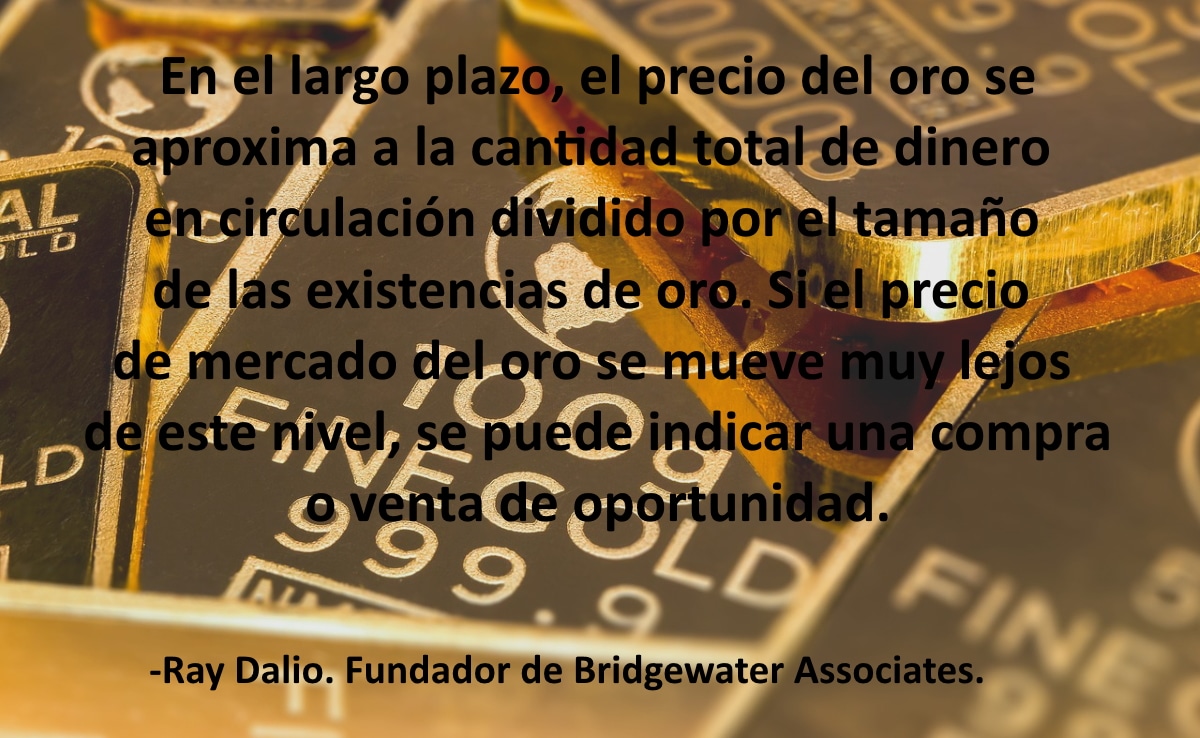
Most of the stock indices around the world have recovered in whole or in part, some even setting recent records. The reasons that come down to us are the forecasts of generalized GDP growth among countries, including the vaccine, the more immediate recovery, that trade relations between countries are going to improve, and so on a long list. However, has it ceased to be profitable and is the time to invest in gold past?
One of the most popular fundamentals I have about gold is that it is a good refuge against inflation. While the restrictions existed, many investors and managers theorized about the future inflation to come and gave their explanation for the rise in gold. Some continue to defend him, although he has lost more than 10% from his highs. Are they wrong or is it a phenomenon that will take longer to arrive? Either way, having an ace up your sleeve is never a bad idea, and we have seen movements towards gold by investors we all know and even by some who would never have invested in it.
Investing in gold, a relativity problem
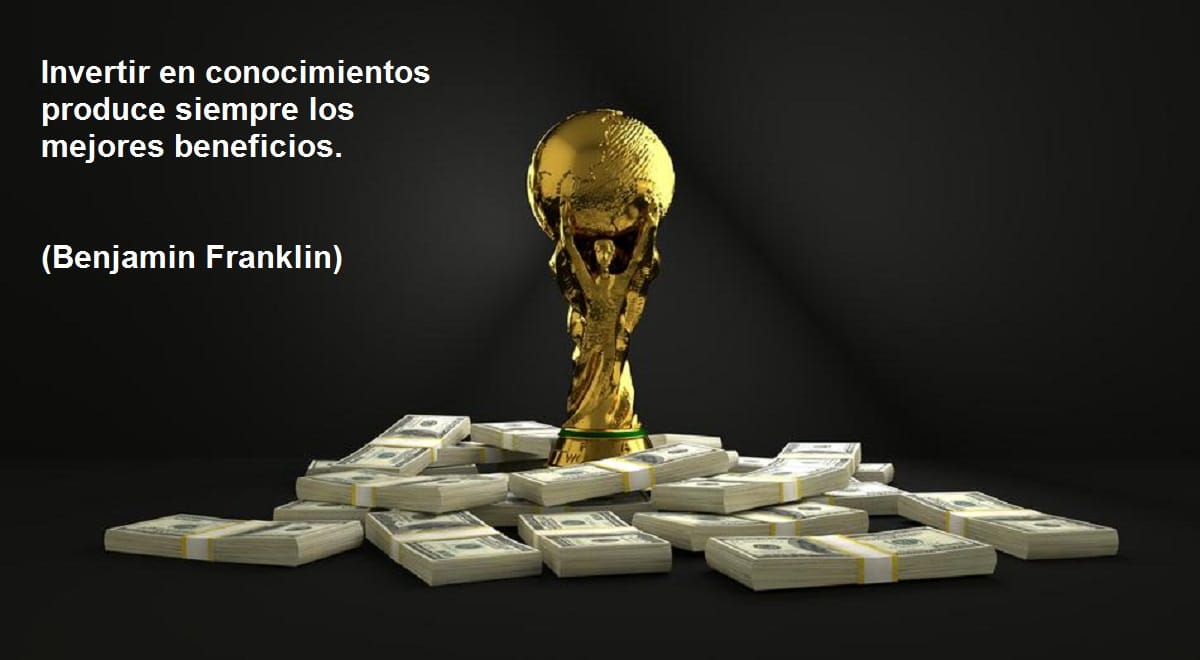
Many times I have heard many people associate gold with inflation. Some people blame their behavior on that of the market. There are those who defend that gold behaves contrary to the valuation of the dollar index. In summary, although it is not exactly like that at all, the truth is that all those people I have heard have been right and not at the same time.
The only conclusion that I can personally draw is that all the scenarios described above converge at the same time. So gold, when faced with periods of uncertainty, crisis, or inflation tends (but not always) to see its price altered. Quote that will be subject to interest in this metal by investors, institutions and banks.
To do this, we are going to see the main factors that can influence its price.
Gold and inflation
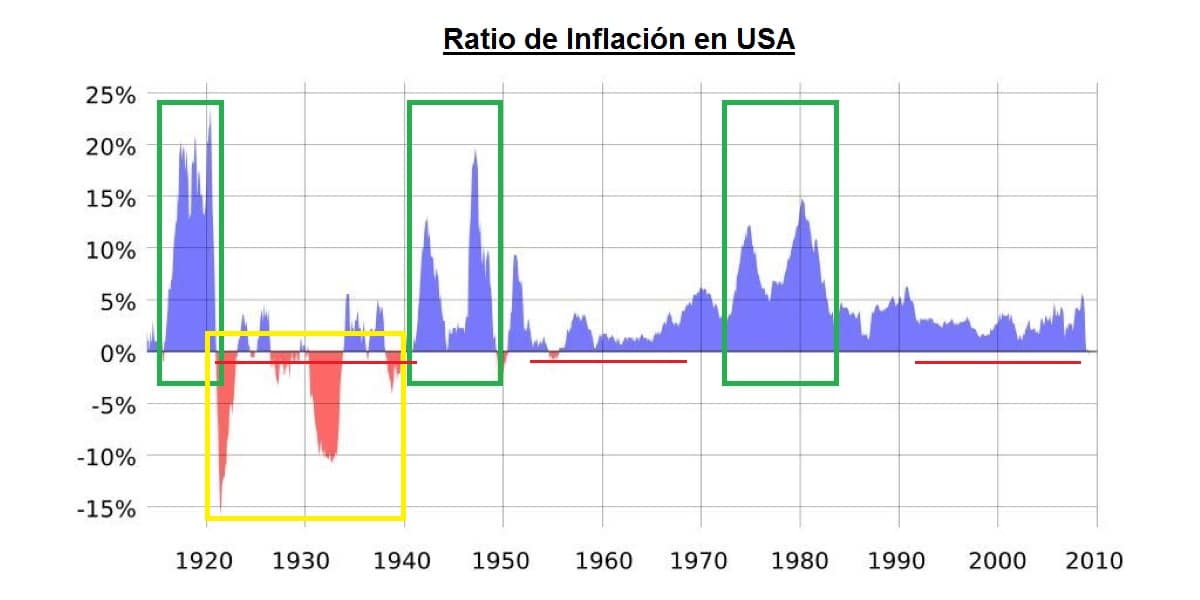
Before putting a chart of gold, I wanted to give priority to inflation in the United States. As we can see, we have some relevant aspects. This next numbering is to keep you in mind.
- Deflation. Yellow box. The decades of the 20s and 30s. During this interval, we can observe how deflation appeared.
- Inflation greater than 10%. Green boxes. We have 3 periods. Emphasizing the periods since the beginning and end of the years with the highest peaks.
- Inflation less than 5%. We have three great valleys. The first of them belongs to the first point, that of Deflation.
What happens when the price of gold is adjusted for inflation?
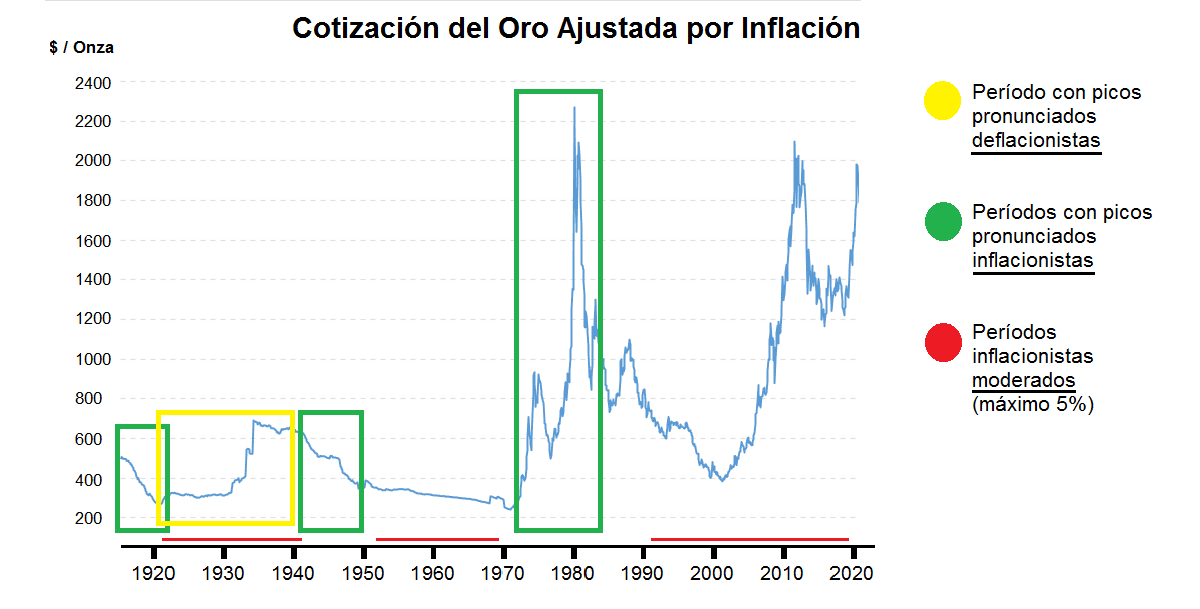
Data obtained from macrotrends.net
Due to inflation, the prices of all assets tend to go up in the long run. Gold is no exception, and for this very reason this graph above has been adjusted for inflation. That is, what value would an ounce of gold have in the past according to the value of the dollar today. If we now look at the normal chart of gold (not exposed so as not to oversaturate), we would see a large revaluation of it. We are going to evaluate the most important points about it.
- Inflationary periods. In the periods prior to the bankruptcy of the system agreed at Bretton Woods, gold shows a decrease in its intrinsic value when there was inflation. However, With an economic system of fluctuating exchange rates, inflation correlates with the rising value of gold. It should also be added that the Bretton Woods system was broken by the large printing of dollars to finance the Vietnam War. Following demands from France and Great Britain to convert their dollar reserves into gold and which reduced the US gold reserves. The context, which is everything, was different from the current one.
- Deflationary periods. During these periods gold increased in value. However, after the financial crisis triggered by the collapse of Lehman Brothers there was a short period in which deflation appeared and gold increased in value. However, the reason for this rise is more justifiable that it was motivated by the economic crisis and the great distrust towards the banking system than by the deflation itself.
- Periods of moderate inflation. After the dot-com bubble burst, gold performed well, however it did not perform well in previous years. This reason may very possibly be motivated in the search for gold as a safe haven asset.
Gold conclusions with inflation
If the price of gold increases in percentage above inflation, it is profitable to invest in it (this statement "with tweezers"!). While it is true that alone as a refuge is good in the long term, the aspirations of an investor may not be so remote in time. Therefore, investing in gold during periods of strong changes is a good option. If you also intuit when these changes are going to take place and you invest before, the returns that can be obtained are highly satisfactory.
The conclusion is that in the face of highly inflationary periods, gold can be a good refuge. In addition, the context in which the world economy finds itself favors a greater interest in it. At the moment We are not facing high inflationary scenarios, but we are facing an unpredictable economic situation of the final effects of the problem that exists.

Monetary Mass What role do you develop to invest in gold?
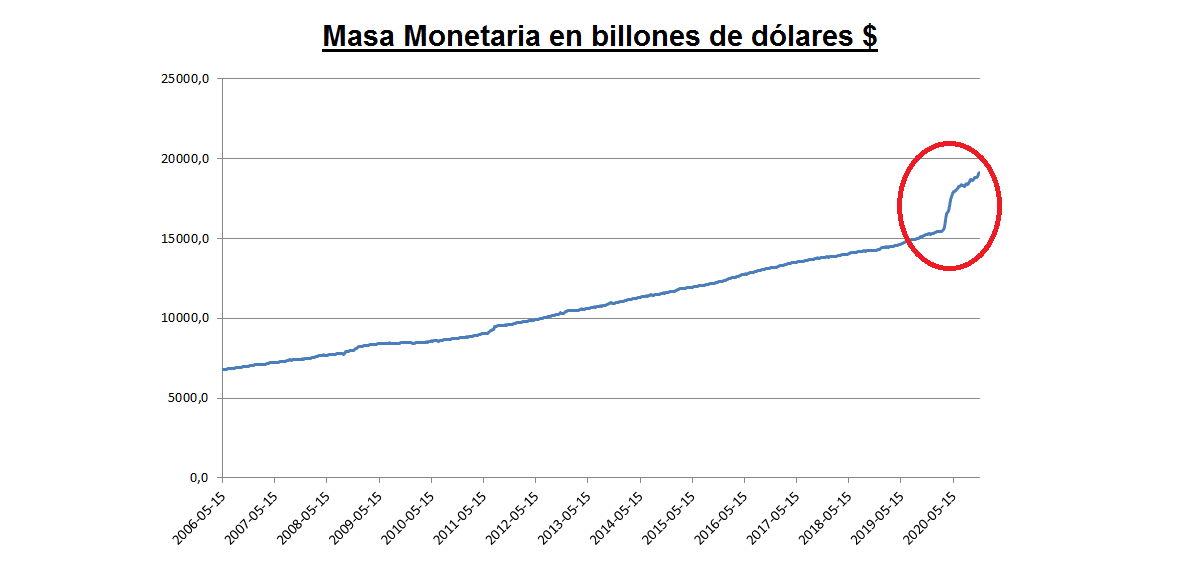
Data obtained from fred.stlouisfed.org
The money supply, in macroeconomics, is the entire amount of money available to buy goods, services or savings securities. It is obtained by adding the cash in the hands of the public without entering the banks (bills and coins) and bank reserves. The sum of these two things is the monetary base (we'll talk later). The Monetary Base multiplied by the monetary multiplier is the Monetary Mass.
In the first graph you will see how the Monetary Mass has increased a lot. In January 2020 it was 15 trillion dollars, currently this figure has increased to 3 trillion dollars. The Monetary Mass in dollars has increased by 3 trillion in 8, that is, 2020%!
Based on the relationship to inflation, monetarist policy holds that there is a link between the amount of money in circulation and prices in an economy. On the other hand, Keynesian theory says that there is no link between inflation and money supply, especially when an economy grows. So trying to find out something else, let's take a look at the relationship with the monetary base.
Gold Ratio with the Monetary Base

Data obtained from fred.stlouisfed.org
We can see how the Monetary Base has undergone a considerable increase. Largely as a result of "helicopter money" policies.
When you see this graph you know that it is difficult to continue like this for long without changes. Or maybe even more strange things have been seen. For this reason, if there is no increase in prices and after not being able to find much with the relationship of gold with inflation, perhaps looking for a relationship with the monetary base would not be so far-fetched. (Bearing in mind that we cannot draw a relationship between inflation and the monetary base, as Keynes argued).
The following graph is expected to be more revealing. It shows us the ratio between gold and monetary base.

Graph obtained from macrotrends.net
Several points can be highlighted:
- As can be seen, large money printing caused the ratio to decrease considerably between 1960 and 1970 (because of the Vietnam War, as discussed earlier).
- Inflation drove the price of gold in the following years, but Uncertainty drove and further helped the rise in its price, reaching very considerable high peaks in the ratio. (You would have to multiply x10 and more the current gold price to obtain a ratio of 5 as it was arrived at).
- The increase in the monetary base since the financial crisis has evoked (and runaway) a decrease in the ratio not seen before.
- For now, sell the higher the ratio of gold to the monetary base, the more profitable it has been. In the same way, investing in gold the lower the ratio, the greater future benefits it has given.
Conclusions of gold with the monetary base
Only if gold revalued from current levels to match the existing monetary base, the upward path it would have would be more than 100%. If the Ratio tends to 1, either due to fear of inflation, strong crises accompanied by moments of uncertainty, etc., we would find ourselves before a scenario in which gold is devalued. It is paradoxical because its price reached all-time highs recently, but so did the monetary base.
Final conclusions on whether it is a good option to invest in gold
There is no single measurement model to determine the exact time to invest in gold. However, we have been able to discover how inflation, monetary base and crisis affect in the. The whole context, in short. In addition, the economy is behavioral, and a good investor should now ask himself where we are. Also that it is the most likely to happen.